They urge those over 65 to contact advisers who represent Medicare Advantage organizations.
HINSDALE, IL – Two medical organizations with a presence in Hinsdale seem to be pushing those over 65 toward Medicare Advantage over traditional Medicare.
Seniors have until Dec. 7 to decide which they want for next year.
Both Hinsdale Hospital and Duly Health, a physicians group, are referring people to advisers who represent Medicare Advantage organizations.
Neither organization returned Patch's messages last week.
Hinsdale Hospital's owner, UChicago AdventHealth, encourages Medicare recipients to contact Chapter, which it says has a team of licensed "independent" Medicare advisers.
Duly requests that older people reach out to BenefitsCheck.
But the fine print on Chapter's and BenefitsCheck's websites indicates that the advisers represent Medicare Advantage organizations that have Medicare contracts.
Duly and Hinsdale Hospital do not divulge this information in their literature.
Still, the groups tout the advantages of calling the advisers.
"Benefits Check – licensed insurance agents – are available to review your current coverage and discuss options available to you," Duly says in a brochure.
Hinsdale Hospital's parent organization says, "(Y)ou have access to Chapter, an independent Medicare adviser that can provide Medicare support at no cost to you."
Last year, UChicago AdventHealth could have left the impression that seniors may not receive treatment if they failed to check their coverage with a Chapter adviser.
"To help find the best Medicare health plan for your needs and make sure you are still able to get care with UChicago Medicine AdventHealth, we have partnered with Chapter, a team of licensed independent Medicare advisors," the hospital chain said in its message.
Patch wrote a story about that language.
In this year's mailer, UChicago AdventHealth moved away from that wording. In its fine print, the chain said, "You don't have to use Chapter to keep getting care at AdventHealth, but they can help you choose a Medicare plan that covers your doctors and meets your needs."
Those with traditional Medicare can get care at any hospital that takes Medicare. Virtually all do, including the Hinsdale hospital.
Medicare Advantage plans are offered by private companies.
If patients choose a Medicare Advantage plan, their coverage is different or restricted depending on whether their healthcare providers are contracted with the Medicare Advantage plans, known as "in-network" or "out-of-network."
A recent story on the Financial Advisor website explained how insurance agents are incentivized to push Medicare Advantage plans, even when such plans hurt their clients.

 630.352.3601
630.352.3601




 Service Areas
Service Areas























